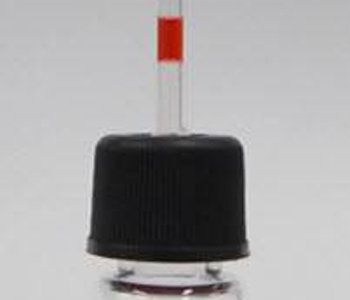Technology allows diagnosis of cardiac infarction in 10 minutes
Technology allows diagnosis of cardiac infarction in 10 minutes
Posted May. 09, 2015 07:13,

A team of Korean researchers has developed diagnostic technology that allows for diagnosis of cardiac infarction in 10 minutes. The team led by Prof. Jeon Sang-min at Pohang University of Science and Technology said on Friday that it introduced the technology in the April 20 issue of the international journal "Analytical Chemistry."
Cardiac infarction is the third most common cause of death among Koreans after cancer and cerebrovascular diseases. If left untreated within two hours, the patient could die of cardiac arrest, and even if the patient survives, he or she could suffer serious aftereffect.
Currently, diagnostic test that is capable of detecting even a tiny amount of "Troponin 1" costs at least 10 million won (92,000 dollars). The testing process also takes about four hours to complete. There is also a portable diagnostic device that is capable of diagnosing the disease in about 20 minutes, but the device cannot accurately detect and diagnose cardiac infarction in its early phase among other drawbacks.
The researchers paid attention to the phenomenon, in which when heart muscle starts to decay due to cardiac infarction, enzyme or protein in the muscle flows out into the blood. Among other enzymes and proteins, Troponin 1 is a protein that is not found in other organs, and if this protein is detected in the blood, the patient could be diagnosed as having cardiac infraction.
The new device developed by the research team is a portable size measuring eight centimeters, but is capable of giving precision diagnosis. After mixing platinum nanoparticles coated with antibody that gets stuck to Troponin I with blood, researchers put the mixture in a glass bottle coated with the same antibody. In this circumstance, if Troponin I is contained in the blood, this protein attaches to the glass bottle and platinum nanoparticles to form a triple-layer structure. If the researchers dump this blood and pour in hydrogen peroxide, oxygen is generated, and causes ink bubbles within capillary tubes linked to the lid of the glass bottle to rise just like a thermostat. In contrast, in the case where Troponin I is devoid in the blood, platinum nanoparticles are also emitted when the content inside the bottle is dumped, and oxygen is not generated.
Even just 0.1 nano-gram of Troponin I exists, it can be detected within 10 minutes, Prof. Jeon said. Since production cost is less than 200 won (18 cents), it could be introduced to rural areas or developing countries with poor infrastructure at an affordable cost.
jxabbey@donga.com







